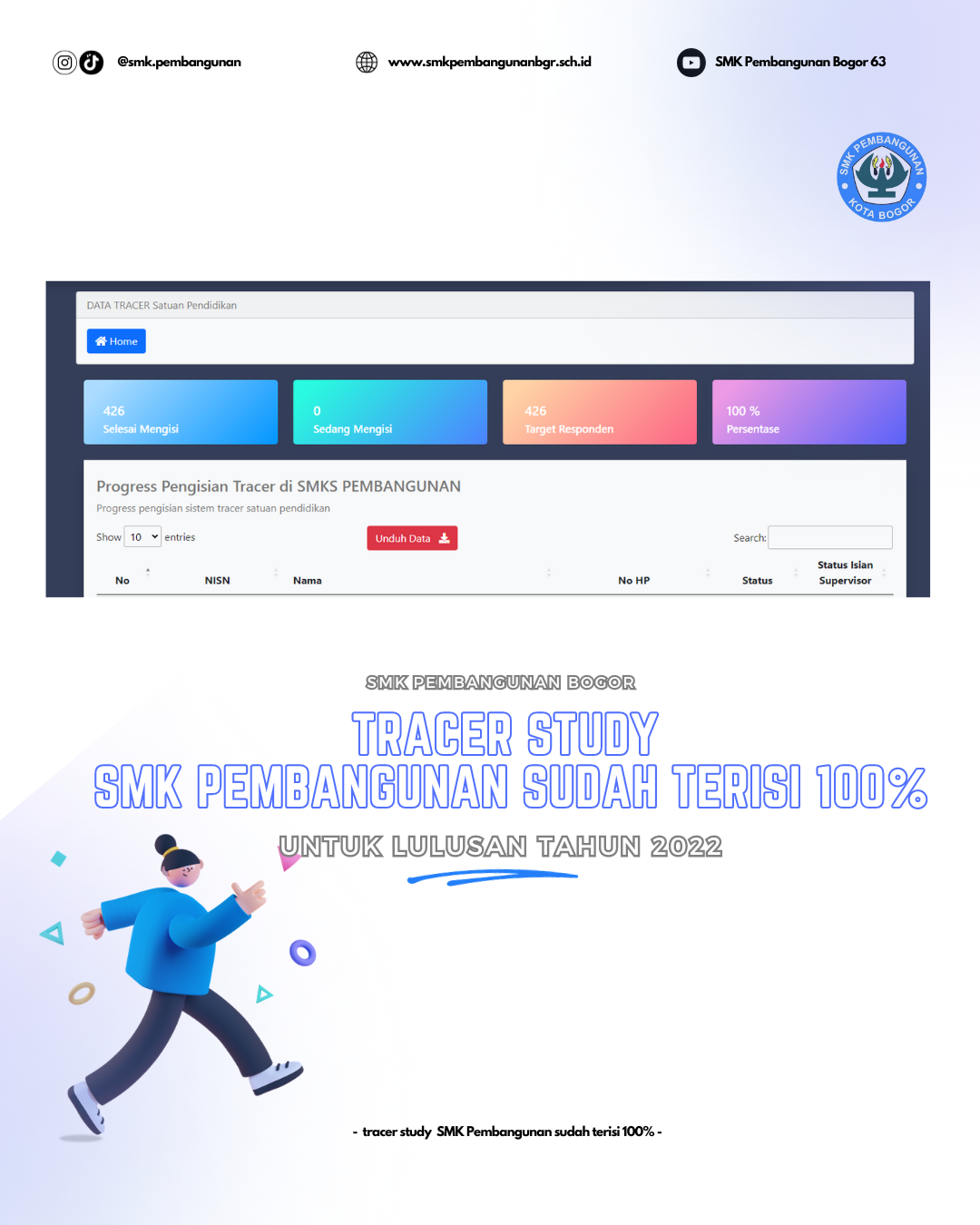body {
background-color: #e6f7ff;
font-family: ‘Trebuchet MS’, sans-serif;
line-height: 1.5;
padding: 15px;
}
p { font-size: 18px; }
LearnDash Complimentary WordPress CMS Extension for Online Courses
Discover the at no charge WP extension LearnDash for creating and managing online courses. Explore its features, benefits, and get started on your e-learning platform.
No-cost WP extension LearnDash for online courses
Important: Choosing a robust platform to deliver educational content can significantly enhance engagement and learning outcomes. This tool offers a seamless experience for both instructors and students, providing a straightforward interface and comprehensive features tailored for creating and managing educational programs.
Pro tip: With built-in assessment options, educators can incorporate quizzes and assignments effectively, allowing learners to track their progress efficiently. The flexible lesson structure lets you organize material in a way that caters to diverse learning paces, ensuring that every student gets the attention they need.
Pro tip: Additionally, this solution comes with customizable themes, allowing you to match the aesthetic of your site while maintaining functionality. Integration with e-commerce solutions ensures easy monetization of your content if desired, enabling you to offer no-cost trials or paid access smoothly.
Keep in mind: Take advantage of community forums and extensive documentation available for troubleshooting and inspiration. With this tool, you are equipped to provide a rich learning environment that not only delivers knowledge but also fosters growth and interaction among users.
Setting Up LearnDash for Your First Course
Test different accessibility options to accommodate diverse learning abilities and devices, ensuring all users can fully engage with the content.
Regularly gather user feedback through surveys or direct interactions; use this data to refine course features, ensuring alignment with learner needs.
Important: Keep the course updated with new materials and feedback from participants. Interact with learners through forums or communication tools to build a community around your knowledge space.
Incorporate flexible progression paths; allow learners to choose whether to advance sequentially or explore topics non-linearly. This boosts learner autonomy and motivation.
Important: Begin with configuring your account settings to streamline user experience. Access the dashboard, then navigate to the settings section where you can input crucial details such as site title, logo, and branding elements that reflect your vision.
Integrating Payment Gateways and Membership Options
Test user enrollment and course accessibility by simulating the learner’s perspective. By doing this, you can identify any potential issues before launching.
Pro tip: Integrate payment options if applicable. This functionality allows monetization of your educational offerings. Ensure the payment gateway setup is straightforward to facilitate transactions without friction.
Customizing Course Features and User Experience
For those looking to get started with this platform, consider visiting learndash download freeRecommendation: to gain access and explore further options.
Keep in mind: Utilize robust payment platforms like PayPal, Stripe, or WooCommerce to facilitate seamless transactions. Ensure that you verify the compatibility of these gateways with your chosen solution, as this can impact user experience significantly.
Keep in mind: Consistently update course material to keep it relevant and engaging. Regular revisions demonstrate a commitment to quality and maintain user interest over time.
Establish course structure by adding modules or lessons. Set learning objectives and categorize your content effectively. Don’t forget to include quizzes to reinforce knowledge and gauge understanding.

Set clear pricing structures and consider offering discounts or coupon codes to attract initial sign-ups. Analytics tools can help monitor user behavior and adjust pricing strategies accordingly.
Create a new course through the dedicated menu. Fill in the course title and description to provide clear insights to potential learners. Utilize rich media elements, like images or videos, to enhance the visual aspect of your educational content.
Pro tip: Implementing membership features allows you to offer tiered access to content. Using extensions that support subscription models can enhance user retention and monetize your offerings effectively. Consider integrating an option for recurring payments to maximize revenue potential.
Pro tip: For increased security, enable SSL certificates to protect sensitive data during financial transactions. This instills trust and encourages users to complete their purchases. Regularly update payment integrations to comply with new security standards and keep customer information safe.
Pro tip: Personalize the user interface by allowing students to set avatars or preferences for notifications. This creates a sense of ownership over their learning experience.

Keep in mind: Utilize customizable lesson layouts to enhance aesthetic appeal and user engagement. Experiment with grid or list formats, varying colors and fonts, ensuring an intuitive flow between segments.
Add interactive forums or discussion boards within the platform to foster community among participants, facilitating peer-to-peer interaction and support.
Always ensure transparent communication regarding payment terms and conditions. Clear policies regarding cancellations, refunds, and access duration can significantly reduce disputes and enhance customer satisfaction.
Adjust course settings to incorporate a variety of multimedia components such as videos, quizzes, and getable resources. This diversifies learning methods, catering to different preferences.
Implement gamification elements, such as badges and points, to encourage participation and completion. A leaderboard can further stimulate competitive spirit among users.



